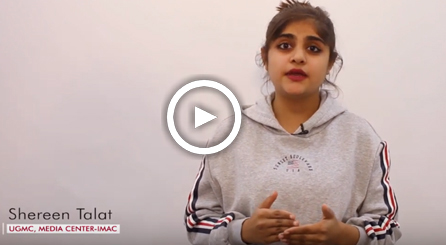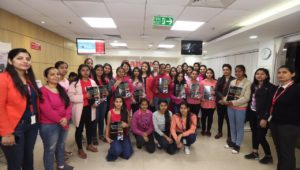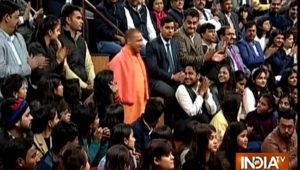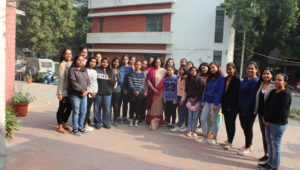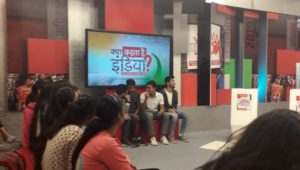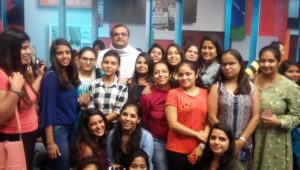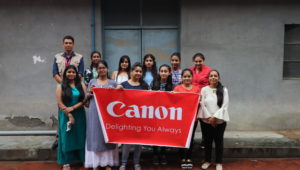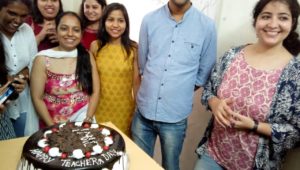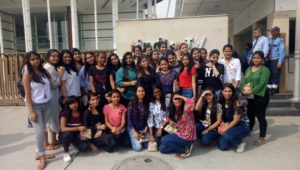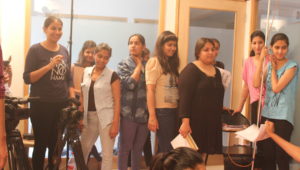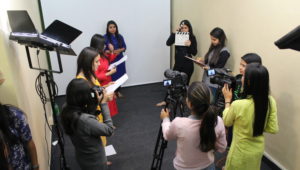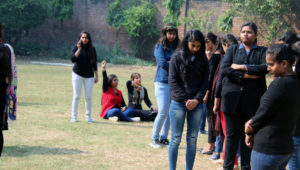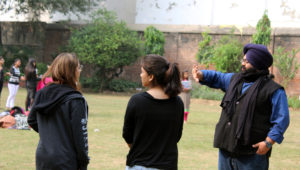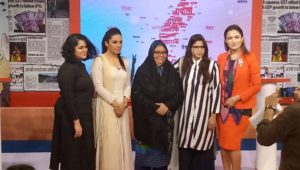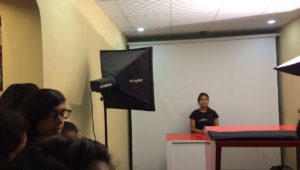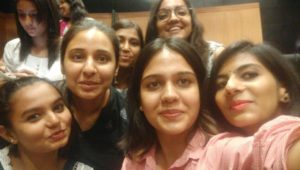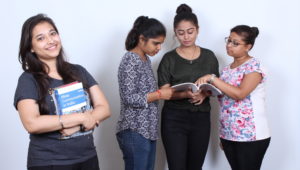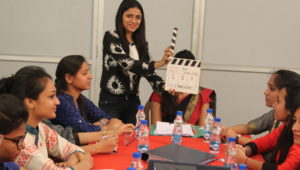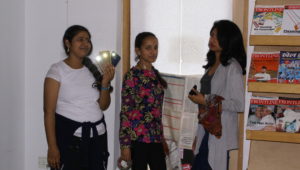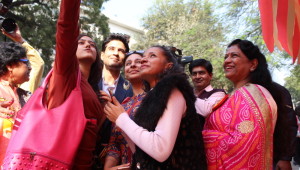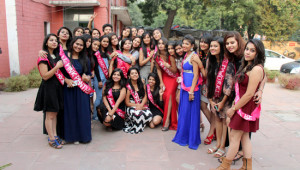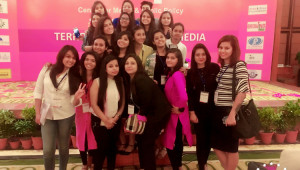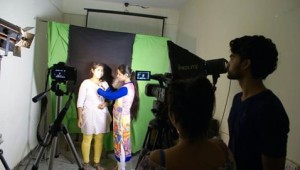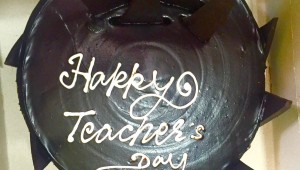Today public opinion is based more on rational thinking done to education and improved communication. While the opinions of elemental groups are influenced by appeals to their emotions, intelligence and comprehension play an important part in formation of public opinion of advance groups. More persons are weighing and considering information on controversial issues, suspending their judgments until they have the facts, and evaluating the information they obtain from various sources. Rational, advanced groups are composed of persons who possess the facts about an issue that affects the group. The quality of public opinion is basically dependent upon the quantity and quality of information. The group that has the most reliable and complete information about controversial issue is likely to exhibit the most enlightened opinion. Uniformed public are more easily swayed by instinct and emotion to accept the falsehoods of propaganda. Employees who do not know the facts about their company operations often tools for a demagogue.
Tactics to Gauge Public Opinion
Some “Laws” of public opinion as given by Handley Cantrill in his book ‘Gauging Public Opinion’ and reproduced by Cutlip and Center in their book ‘Effective Public Relations are as follows:
- Personal contacts, by telephone or mail or with persons you know.
- Advisory committees or panels.
- Analysis or an organisation’s incoming mail.
- Evaluation by field agents or salesmen on opinions held about the organization
- Press clippings and radio and TV monitoring of what has been said on a particular subject.
- Study of national public opinion polls to gain sense of opinion, climate and trends.
- Sales records
- Speeches and writings of recognized opinion leaders.
- Study of voting which reflects public opinion on certain issues.
- Conference of those involved in a particular problem or situation.
These informal methods can be helpful but they lack representativeness and objectivity. Still such methods can provide vital and significant clues to opinion trends and reveal sources of things people like and do not like.
More Reliable Methods to Measure Public Opinion
Talking to everyone is not possible. Instead social scientists, experts and market researchers have developed the technique of talking to a small but representative group in each public. This is the sample survey. Sampling is a great money saver and is accurate when the sample is representative. By asking precise understandable question of truly accurate miniature of a whole, public opinion can be measured with a high degree of precision. These survey tools offer an effective means of facilitating an inflow of information and opinion.
Types
- Cross-Section Surveys: Under this method a set of questions is asked of a cross-section sample of a given public. The questionnaire builds a bridge between an organization and members of the public.
- Methods to Draw Sample
(i) Probability sample: In this system people to be interviewed are chosen at random by some mechanical formula, such as every 7th in the list.
(ii) Area sample: This is a form of probability sample in which geographical areas are listed, cities for TO example, then units be surveyed are chosen at random.
(iii) Quota sample: In this method demo graphical characteristics sex, age, residence, occupation, income level of the population in question are studied then interviews are assigned by quota in the same proportions as these characteristics exist in the whole population.
All these methods involve a degree of sampling error, which usually can be kept within satisfactory limits. The results obtained through cross-section survey are more quantitative than qualitative in nature. They often fail to reflect the depth and intensity of opinions expressed by respondents.
- Survey Panels
Under this method, a panel of people is selected and is interviewed several times over a period of time. The range of participants is determined on a cross-section basis. Panels are used to learn what happens to people under varying conditions over a span of time. It is an effective device for controlled experiments. This method suffers from several weaknesses as panels are difficult to administer, and it is hard to keep all members interested over a long stretch.
- Depth Interview
This is a qualitative instrument of measuring public opinion. It is an informal kind of interview. The respondent of measuring public opinion. It is an informal kind of interview. The respondent is encouraged to talk fully and freely. Elmo Roper says, “Because of the informal nature of this technique and the fact that the most productive depth interviews are those which give respondent the widest range of latitude for responding, one major problem in its use is how to evaluate its meaning.” He thinks the really qualified depth interviewer is rare.
- Content Analysis
This is a method of systematically coding and classifying the content of one or all of the mass media. This method can tell an organization what is being published about it and in what context it is talked about. Media content can be measured as to how much is descriptive, how much is favorable, how much is critical. Content analysis also can be useful in periodically assessing content of informational output against stated objectives.
- Mail Questionnaires
This is an inexpensive method but danger is that there is no assurance the respondents will be representative of the whole population. This method lacks the flexibility and the interpretations possible in personal interviews.
It is difficult to get a sufficient response to many mail questionnaires. This economical device can be useful when used with due caution. It is most effective in soliciting opinions of homogeneous groups where the cleavage of opinion is decisive. This method can be helpful in uncovering sources of criticism and praise. Space should be provided for additional comment at the end.
[This article is published by Media Center-IMAC in interest of student awareness and career guidance. Media Center-IMAC specializes in Post-Graduate/Under-Graduate diploma courses in Media Studies and Mass Communication & TV journalism. With practical oriented and industry specific course, Media Center- IMAC is a prominent institution in Delhi.
Our alumni have proven themselves in the media world and are currently working at prestigious media organizations and top news channels. Besides full time diploma courses, Media Center-IMAC also offers specialized certificate courses in TV reporting, Digital marketing, video editing, radio jockeying, photography and many more.
For more info, visit: http://www.mediacenterimac.com/
Or email at: mediacenterimac@gmail.com
Or call at: 011 43489010, 8076807939.]








